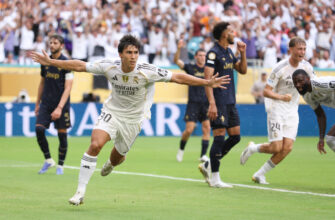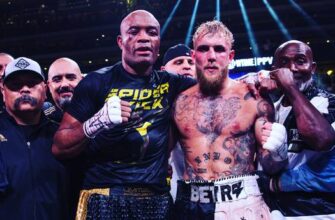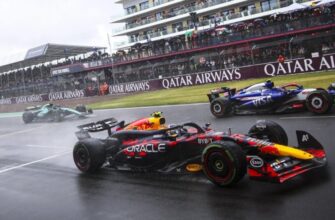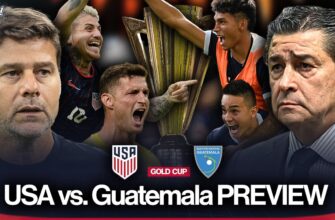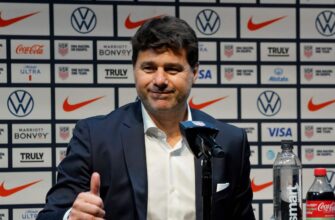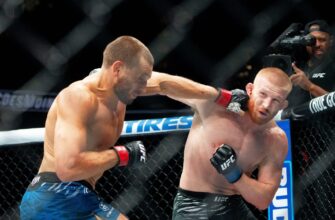Following their unexpected defeat to Panama in the Concacaf Nations League semifinals, the USMNT is now focused on their third-place match against Canada. This game, scheduled for Sunday at 6 p.m. ET at SoFi Stadium, presents a significant encounter between coaches Jesse Marsch and Mauricio Pochettino on the international stage. While both teams aimed for the final, this match remains a valuable opportunity for competition and assessment.
Canada has shown consistent progress under Marsch. With both the U.S. and Canada automatically qualified for the 2026 World Cup as co-hosts, matches like these are crucial for team development. Although third-place games can sometimes lack intensity, the growing rivalry between the USMNT and Canada ensures this will be a meaningful contest. It’s also a vital moment for the U.S. to demonstrate resilience and prove that the Panama loss was an anomaly, not a sign of deeper issues.
Analyzing Pochettino’s tactics from the Panama game reveals several areas for potential adjustments against Canada. Let’s examine these key points:
Enhancing Midfield Creativity
One crucial change involves injecting more creativity into the midfield, beyond relying solely on Weston McKennie. While McKennie offers versatility and defensive work rate, the team needs a dedicated playmaker. Against Panama, the U.S. lacked a player capable of taking on defenders with dribbling skills. With players like Gio Reyna and Diego Luna available, Pochettino has options to address this.
If the USMNT starts sluggishly against Canada, Pochettino must be prepared to make swift substitutions. Christian Pulisic also requires more support from dribbling teammates to prevent defenses from focusing solely on him. The team’s offensive balance is currently off, particularly with fullbacks not contributing creatively, hindering overall attacking flow.
Utilizing Natural Fullback Positions
Restoring balance can also be achieved by deploying a back four with players in their preferred roles. Joe Scally performed adequately as a center-back or left-back, but Yunus Musah in a wing-back role limited the team’s creative output from that position. This isn’t a criticism of Musah, as playmaking isn’t his primary strength. However, considering the USMNT’s historical reliance on attacking fullbacks, allowing fullbacks to play naturally and trusting the midfield to provide defensive cover could be beneficial.
The return of Tyler Adams strengthens the defense, providing a safety net due to his exceptional field awareness and ability to cover space. Adams’ presence allows the team to adopt a less conservative approach, encouraging proactive play. A cautious approach can allow opponents to gain confidence, as seen with Panama’s surprising winning goal.
Injecting Passion
Echoing sentiments of past coaches, Pochettino has emphasized the need for players to display greater passion and commitment. This includes playing with intensity in tackles and showing confidence to take shots even from challenging positions. As a top Concacaf team, the USMNT needs to exhibit a confident and assertive style of play. Recent setbacks, including Copa America disappointment and inconsistent performances, have impacted the team’s confidence. Regaining this swagger is essential, especially leading up to a home World Cup. Opponents are always motivated against the USMNT, so the team must be prepared to fiercely defend their home ground and represent their nation with pride.
This issue of passion and intensity isn’t new for the USMNT and has been a recurring challenge under different managers. Addressing this mental aspect is crucial as the World Cup approaches.


